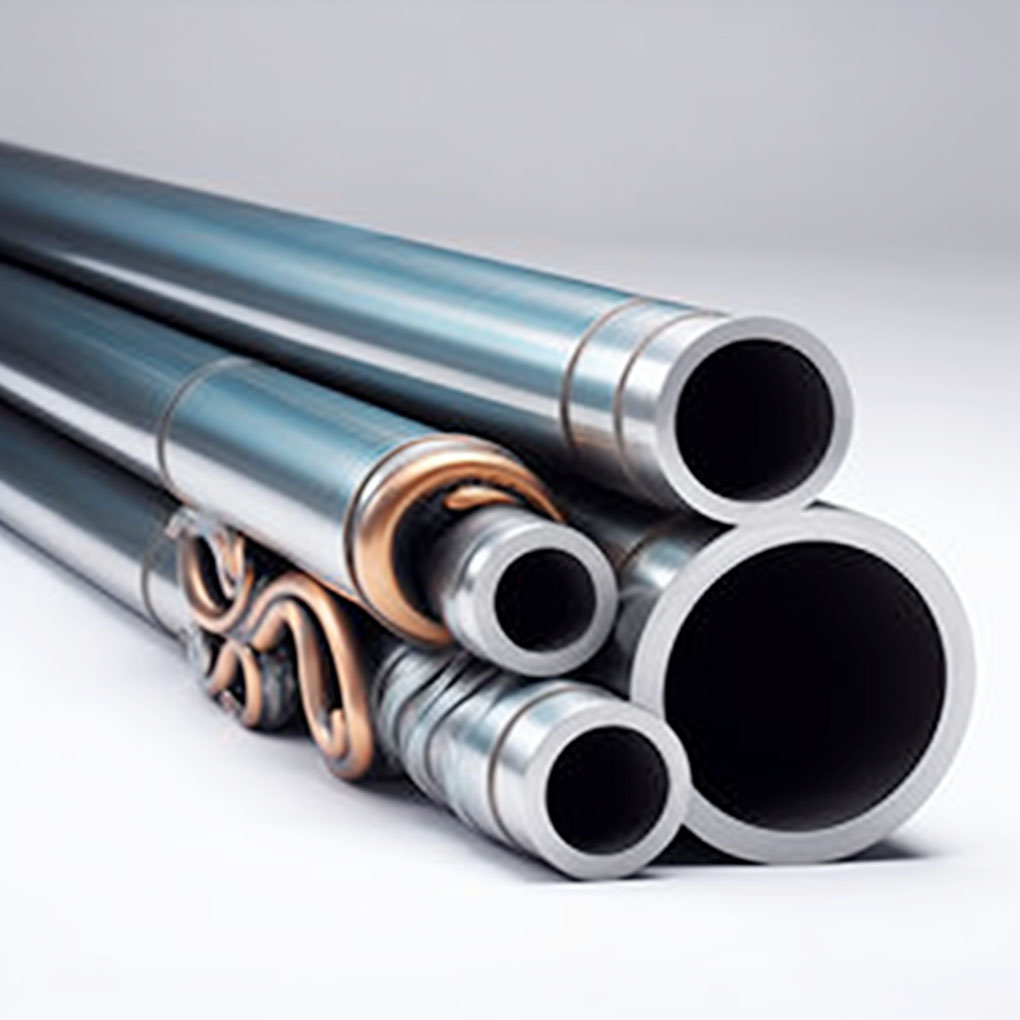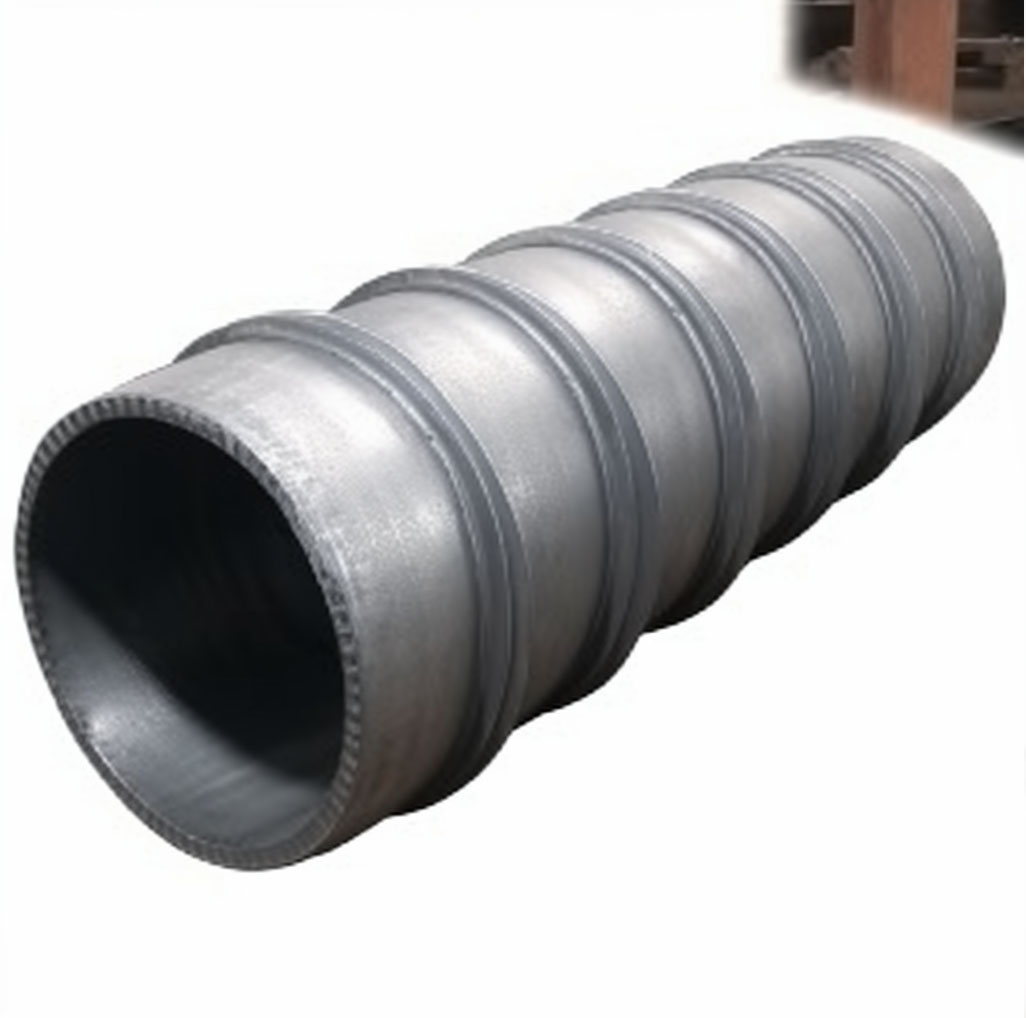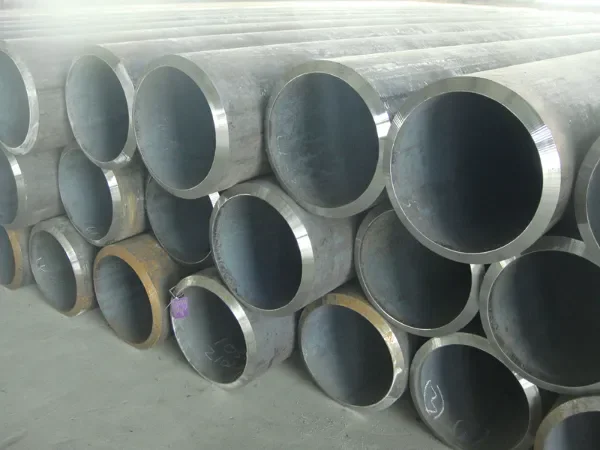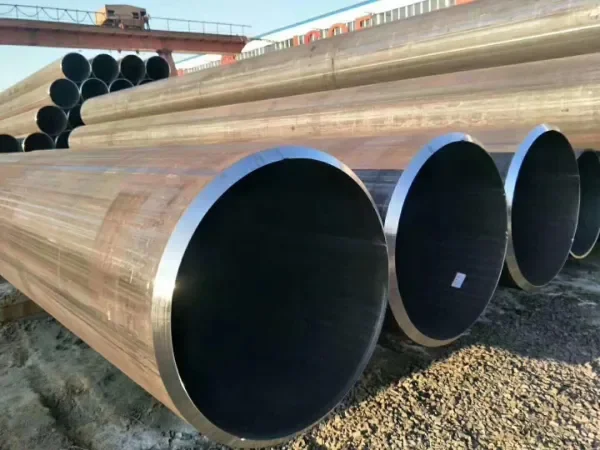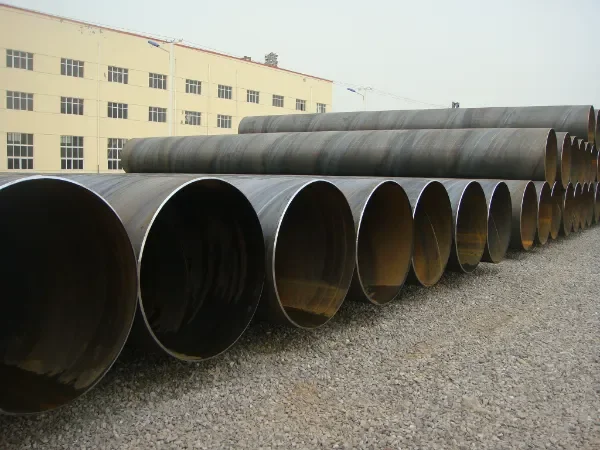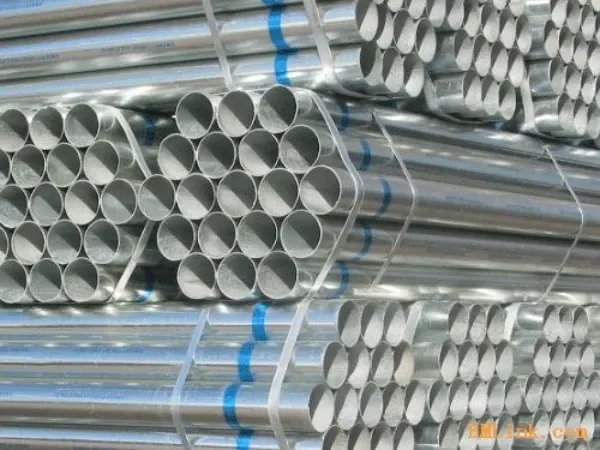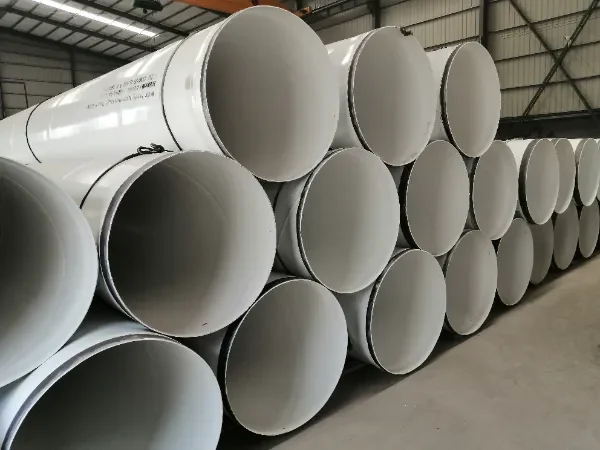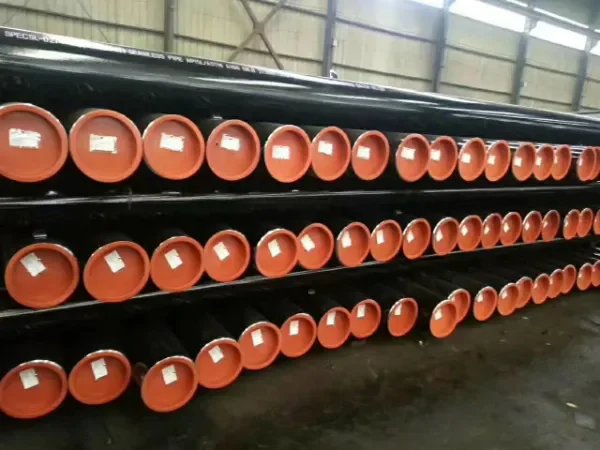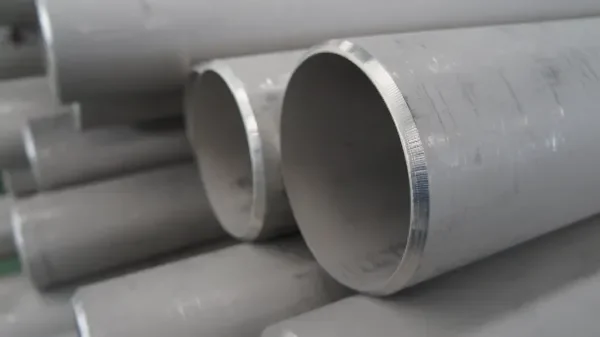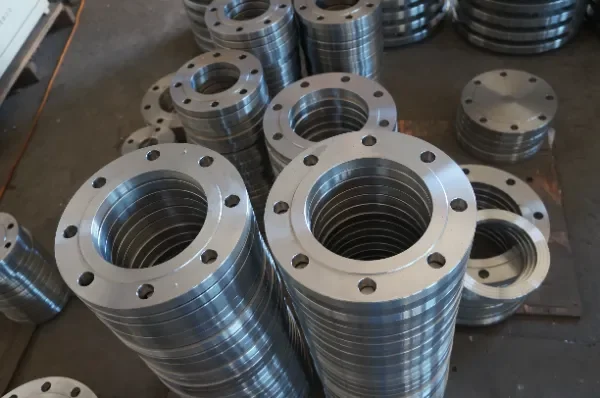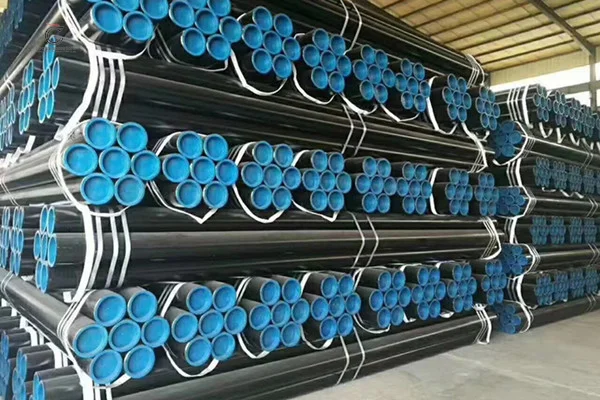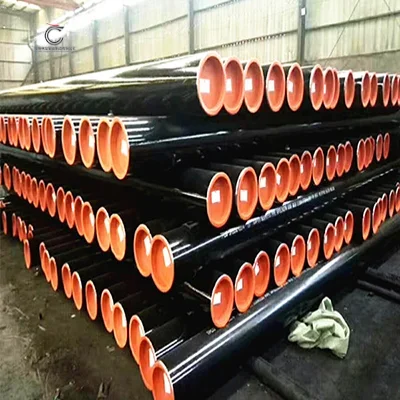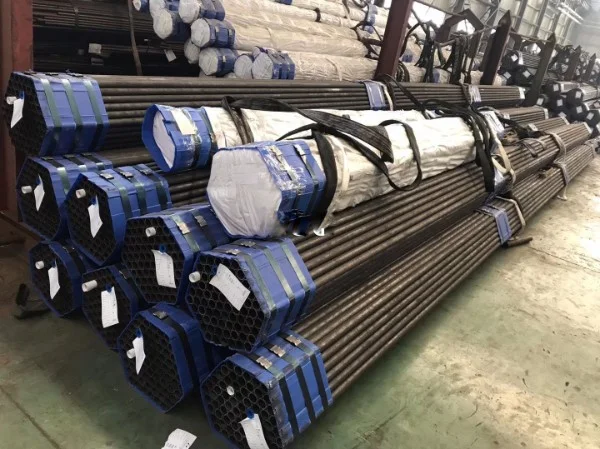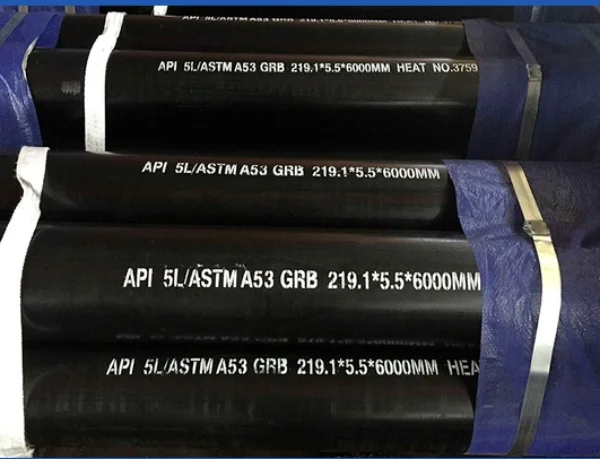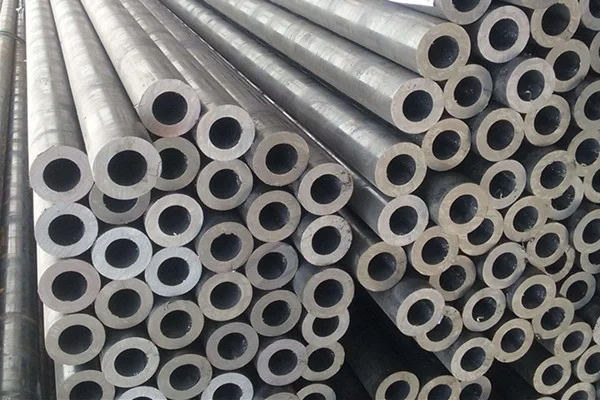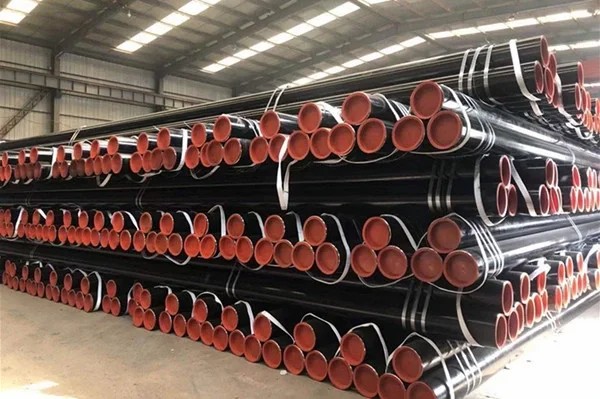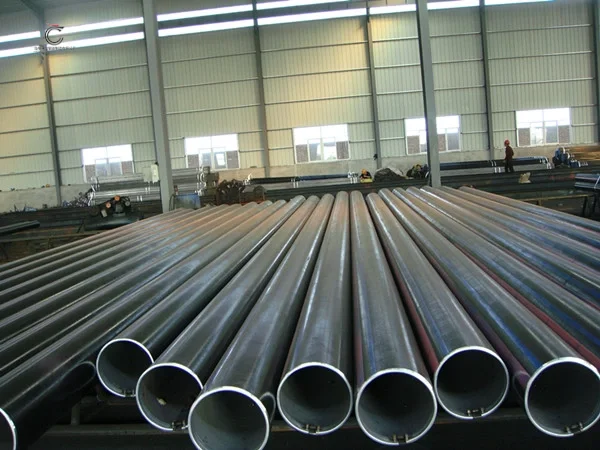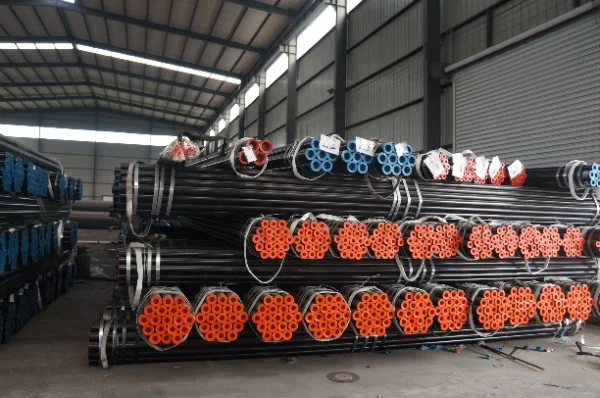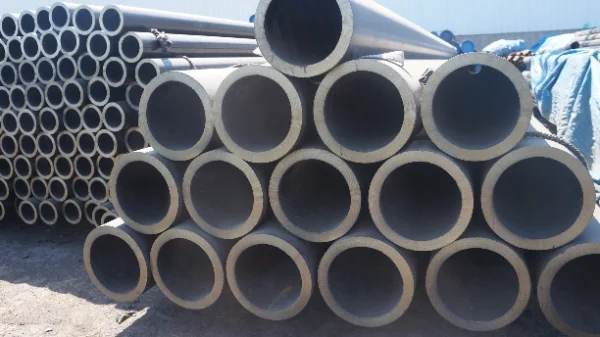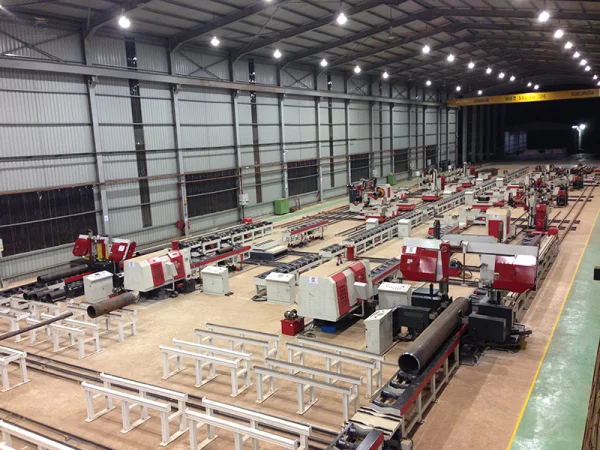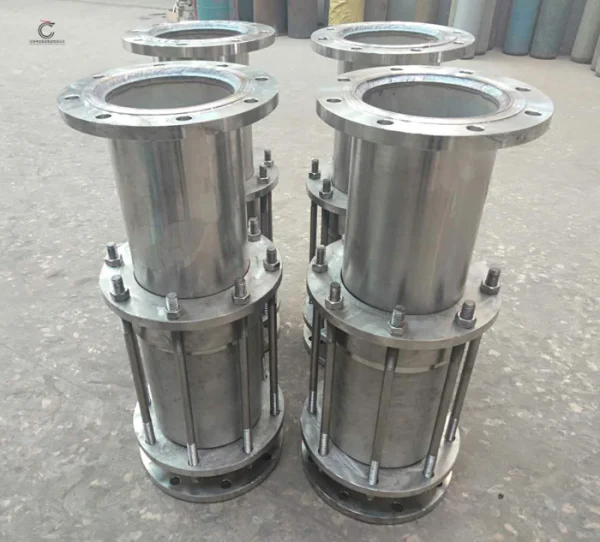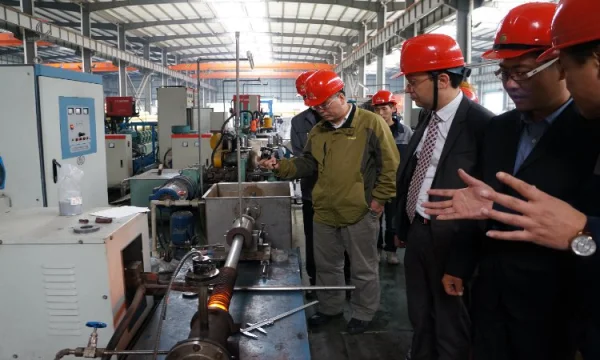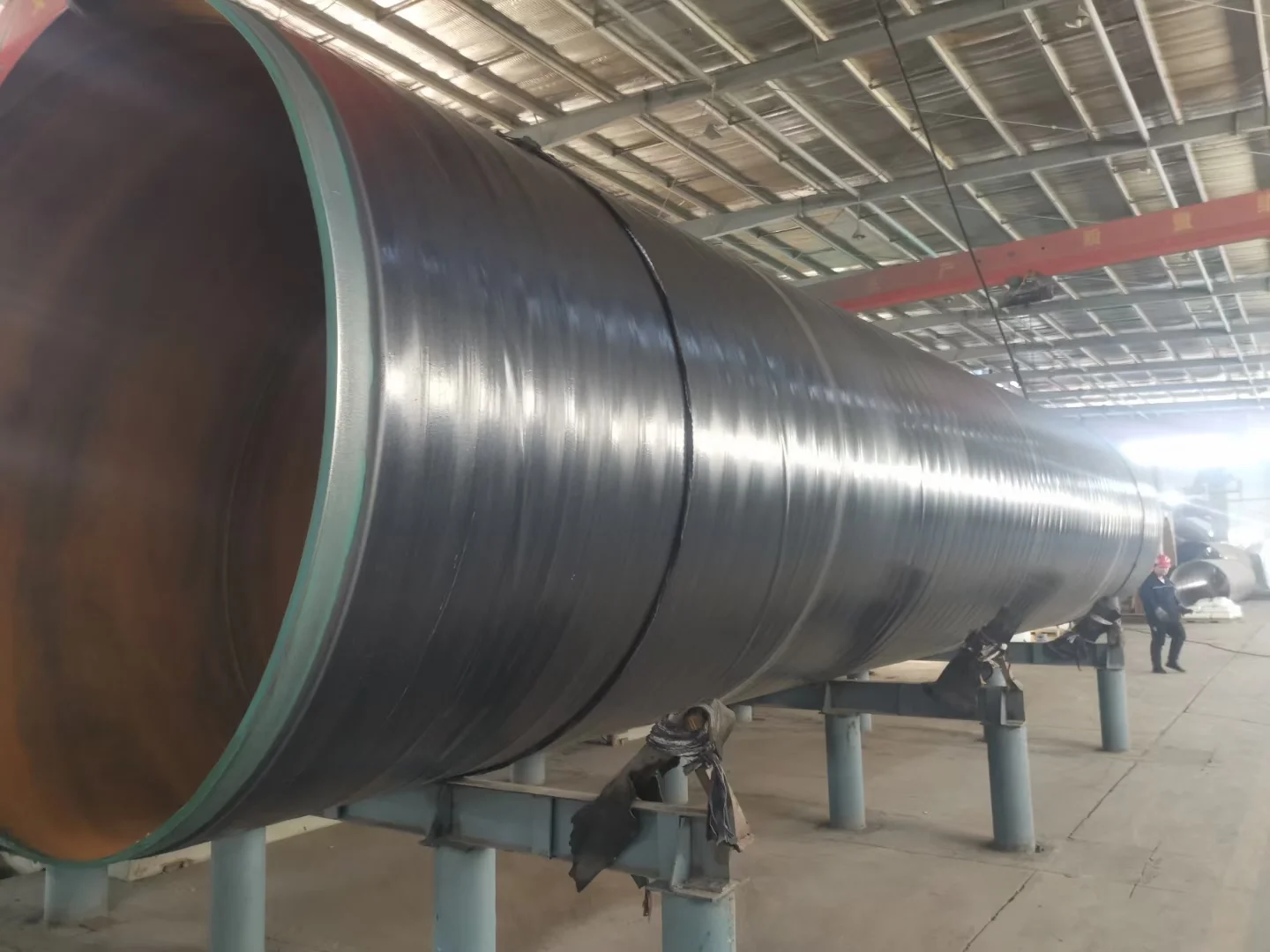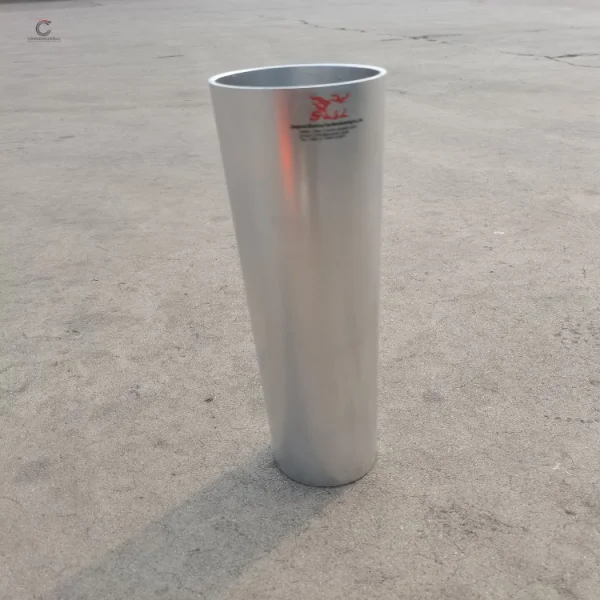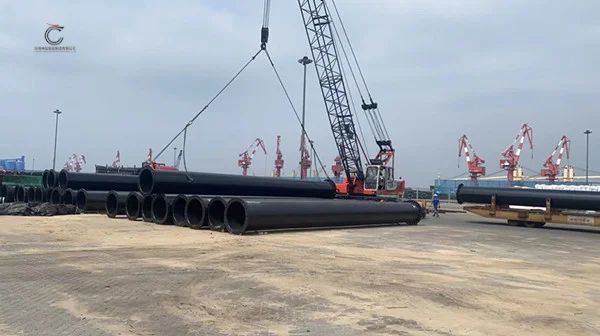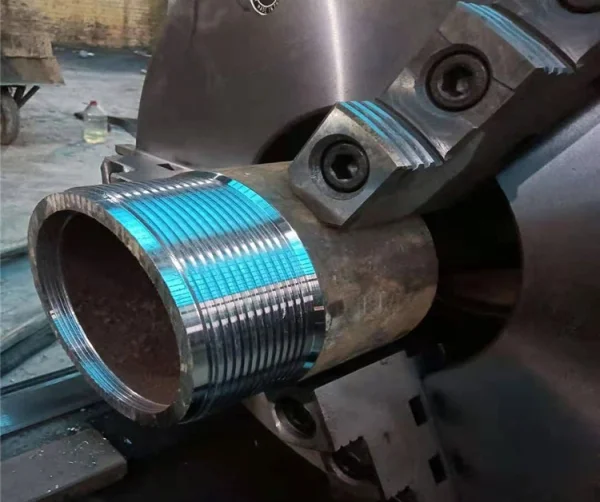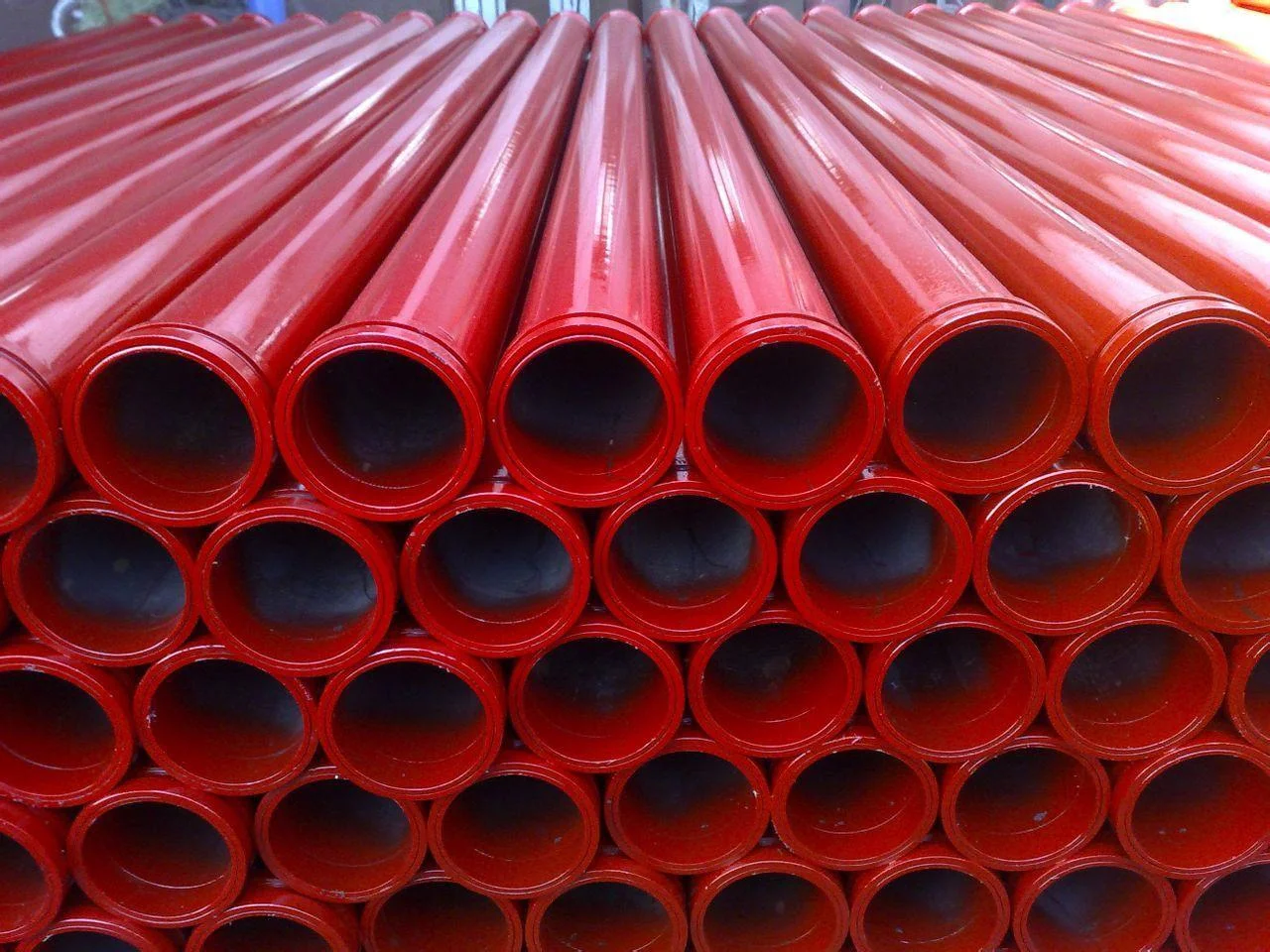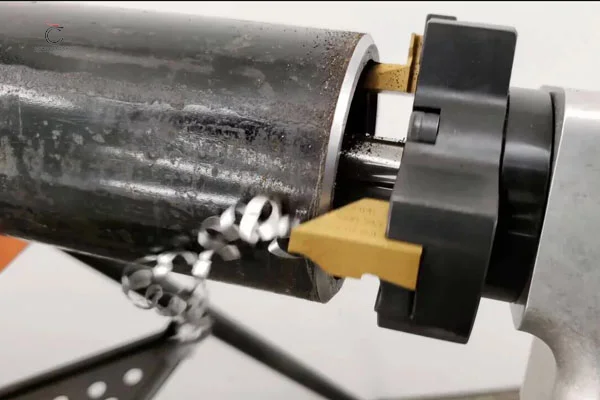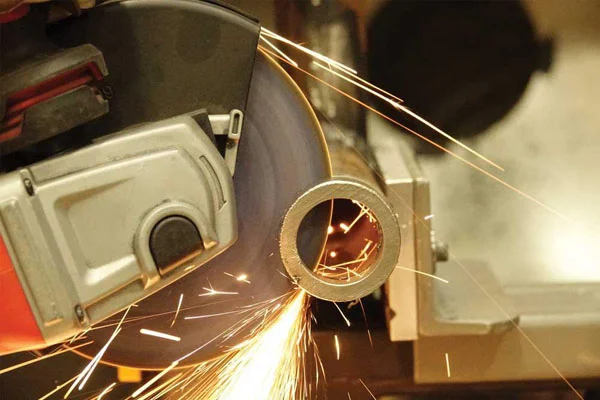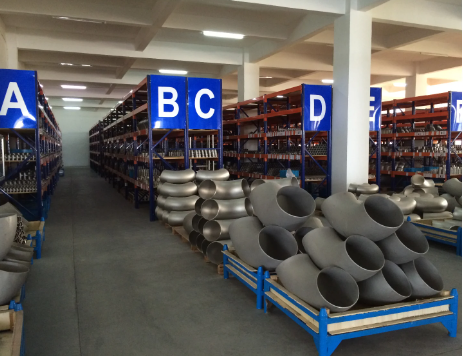Product List
Hollow Structural Section
Description of hollow structural section:
A hollow structural section (HSS) is a type of metal profile with a hollow cross section. The term is used predominantly in the United States, or other countries which follow US construction or engineering terminology.
HSS members can be circular, square, or rectangular sections, although other shapes such as elliptical are also available. HSS is only composed of structural steel per code.
HSS is sometimes mistakenly referenced as hollow structural steel. Rectangular and square HSS are also commonly called tube steel or box section. Circular HSS are sometimes mistakenly called steel pipe, although true steel pipe is actually dimensioned and classed differently from HSS. (HSS dimensions are based on exterior dimensions of the profile; pipes are also manufactured to an exterior tolerance, albeit to a different standard.) The corners of HSS are heavily rounded, having a radius which is approximately twice the wall thickness. The wall thickness is uniform around the section.
Usage in Structures
HSS, especially rectangular sections, are commonly used in welded steel frames where members experience loading in multiple directions. Square and circular HSS have very efficient shapes for this multiple-axis loading as they have uniform geometry along two or more cross-sectional axes, and thus uniform strength characteristics. This makes them good choices for columns. They also have excellent resistance to torsion.
HSS can also be used as beams, although wide flange or I-beam shapes are in many cases a more efficient structural shape for this application. However, the HSS has superior resistance to lateral torsional buckling.
The flat square surfaces of rectangular HSS can ease construction, and they are sometimes preferred for architectural aesthetics in exposed structures, although elliptical HSS are becoming more popular in exposed structures for the same aesthetic reasons.
In the recent past, HSS was commonly available in mild steel, such as A500 grade B. Today, HSS is commonly available in mild steel, A500 grade C. Other steel grades available for HSS are A847 (weathering steel), A1065 (large sections up to 50 inch sq made with SAW process), and recently approved A1085 (higher strength, tighter tolerances than A500).
Production of Hollow Structural Section
Square HSS is made the same way as pipe. During the manufacturing process flat steel plate is gradually changed in shape to become round where the edges are presented ready to weld. The edges are then welded together to form the mother tube. During the manufacturing process the mother tube goes through a series of shaping stands which form the round HSS (mother tube) into the final square or rectangular shape. Most American manufacturers adhere to the ASTM A500 or newly adopted ASTM A1085 standards, while Canadian manufacturers follow both ASTM A500 and CSA G40.21. European hollow sections are generally in accordance with the EN 10210 standard.
Materials of hollow section:
EN 10210:S235JRH,S355J2H,S355NH
EN 10219:S235-S550
ASTM A500:Gr.b
ASTM A501:Gr.b
Standard for hollow struction sections
BS EN 10210 | Hot Finished Structural Hollow Sections of Non-alloy and Fine Grain Steels |
BS EN 10219 | Cold Formed Welded Structural Hollow Sections of Non-alloy and Fine Grain Steels |
ASTM A500 | Cold-Formed Welded and Seamless Carbon Steel Structural Tubing |
ASTM A501 | Hot-Formed Welded and Seamless Carbon Steel Structural Tubing |
JIS G3466 | Carbon Steel Square and Rectangular Tubes |
Main types of hollow sections :
RHS | Rectangular hollow sections which are the most ideal application of high stressed applications |
CHS | Circular hollow sections |
SHS | Square hollow sections/Square Tube |
The Features of Hollow Structural Sections in the Metal Industry:
Multiple applications in various industries: Hollow structural sections are frequently chosen for their superior ability to withstand high loads over long periods, which is why they’re a popular choice for many projects that require this level of stability. HSS can be used in almost any environment, making it an excellent choice for projects requiring materials to withstand corrosive or otherwise damaging elements.






